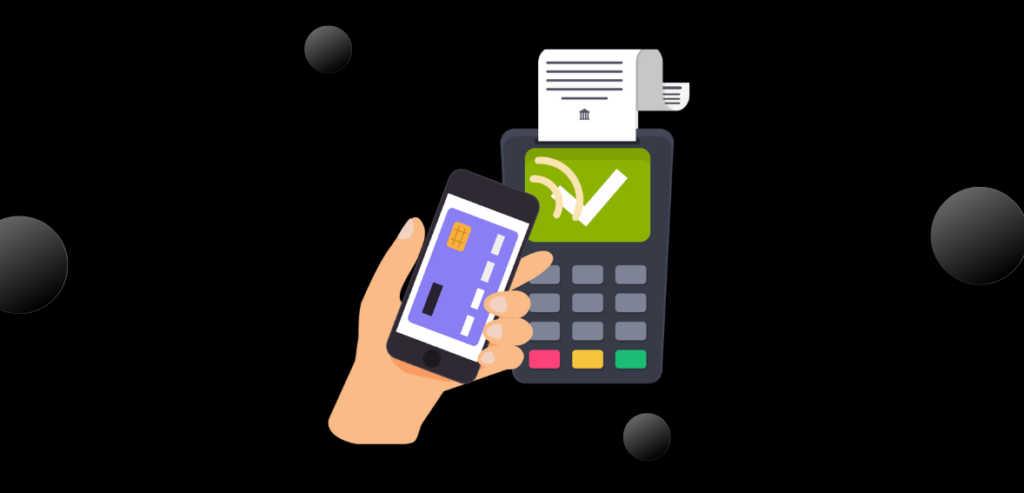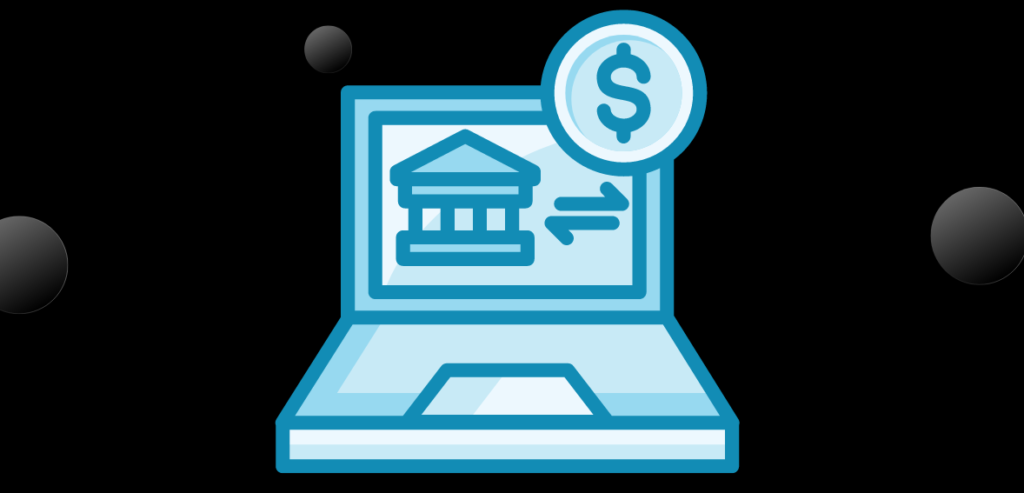Both ACH and EFT are ways of making a payment. Some would argue that these are the future and will replace writing a check or giving money in hand.
To understand ACH vs. EFT and the differences between these payment methods, you first need to know what the acronyms stand for. After this, the differences will appear on their own.
Electronic Fund Transfers (EFT)

EFT stands for Electronic Fund Transfer. It is a system of electronic payments based on cashless operations. This system moves money throughout a digital network, allowing users to move funds without dealing with cash. EFT operations are more common than you might think. They include direct deposits, bill payments, and even withdrawals from ATMs.
Electronic Fund Transfer involves many terms and includes ACH payments. However, it is not limited to that. What characterizes EFTs is that all of their payments are authorized by either password, cards, or pin codes, compared to other methods where the one authorizing the payment is the bank staff doing it manually.
Automated Clearing House (ACH)

ACH stands for Automated Clearing House. It is more specific than EFT; the system refers to a bank-to-bank operation. This happens when a bank sends money to another through the ACH network, which financial institutions use. This system is safer than others and handles clearing and settlement issues. ACH system enables most electronic operations for banks or credit unions based in the United States.
ACH transactions are used every day in many operations. Some examples are direct payroll deposit, social security benefits, and auto bill pay. The transaction fee is somewhat low since the system moves all of the funds in large groups, offering the customer a cost-effective way to transfer money quickly and safely from one place to another.
ACH vs. EFT: Major Differences

So here’s the real question: what is the difference between both systems? All ACH transactions are qualified as EFT; however, it is not the reverse. EFT transactions can use the ACH system, but this is not the case for all transactions.
EFT is more extensive and includes digital wallets, bank wire transfers, and ATM withdrawals. The big difference between the two systems is that ACH only refers to transactions made with the Automated Clearing House network, which is not the case for EFT.
Another difference between EFT and ACH is that the operation’s timing and cost are different. As explained before, ACH transactions are sent in groups or big batches, so the operation cost is lower. While the ACH sends payments in groups, the EFT sends payments individually, making them more expensive.
With the differences, EFTs are digital funds transfers that can be carried out within a bank or between banks, such as an ATM operation. On the other hand, with ACH payments, the funds are moved from one bank to another, including a stop in the Automated Clearing House, where the payment is recorded and processed. Also, electronic fund transfers are quicker and occasionally done in real-time. This is a huge advantage for many people.
Is safety an issue?
Many people ask whether the systems are safe. Electronic fund transfers can be scary for some, especially if they do not trust the digital world. However, ACH and EFT payment methods are safe and offer a faster, less complicated transaction since there is close to no paperwork. They are more convenient than other methods.
When you need to pay, you will verify and authorize the transfer by stating that your banking information is correct. After that, when the funds get to the other party, you will receive a notification. This method makes the payment both trackable and safe. However, it is different when you use the ACH method.
ACH transfers are made via the ACH network from one account to the other only after the payer verifies the account details. The ACH network moves funds from one place to another without any interference across the country. The system is managed by NACHA (National Automated Clearing House Association), which administers the payments and ensures the movement is safe.
As explained before, NACHA manages the Automated Cleaning House network. It is the center of transactions; they process everyone and send them to their destination. They connect every bank in the country and manage to send money from one place to another using groups of payments.
Conclusion
This new technology can help you save money, solve problems, and save time. Some would argue that it is not safe enough or that it is new and has issues. But don’t worry—it is secure and will not make you lose money. It will help you spend less, worry less, and spend time on yourself instead of doing heavy paperwork that nobody wants.

